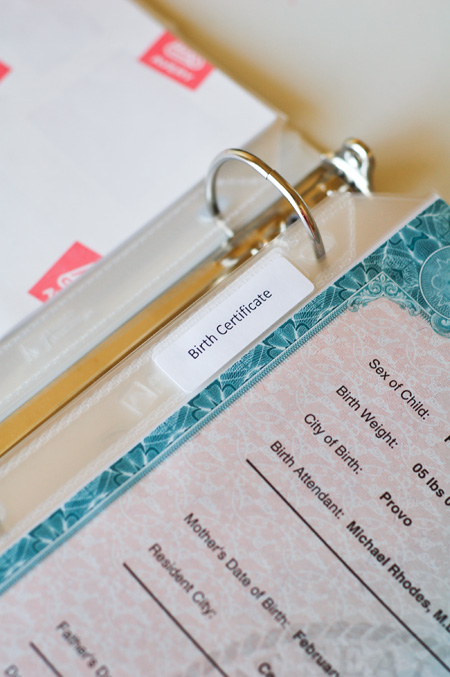
For actual document creation, you should create and use your own named regular templates (e.g., Letterhead.dotx, Fax.dotx, Invoice.dotm, etc.) and store customizations unique to those documents in their own named regular templates. For example, macros and ribbon customizations stored in a user's Normal.dotm file are available to all open documents (and any other open templates) and it is the attached template when you select File>New>Blank Document.īlank documents should generally be used for simple "scratchpad" type of documents (e.g., a quick note, copy/paste/print some web content, etc.). dotm) is a special template because it regularly used both as a global template and regular template. This tips page only addresses Global template add-ins. dotm extensions and "COM add-ins" or Microsoft/third party files with. The "Global templates" or Word files with. Note: In "Word speak" there are two types of Add-Ins as well. dotm extension or a macro free template with a. Template types beginning with Word 2007 can be either a macro-enabled template with a. Note: If the outline of the template does not appear, under Layout make sure that View Gridlines is selected.Template types prior to Word 2007 have a. If you have an older version of Word (2003), check out our article here on how to open a template. To create labels with different information: Type the information into the Address section.To create labels with the same information: Then click on New Document, and you should now see the template on the blank document. In Product Number Box scroll for product number, once it's highlighted in blue - click on OK 8. In the Label Vendors drop down menu, select Avery US Letter.ħ. Another box will appear titled Label Options (make sure Page Printers is selected)Ħ. A Pop-up box will appear, click on the Options buttonĥ. Click on Labels (to the left of the tool bar)Ĥ.


Click on Mailings Tab (located at the top left side of page).ģ.


 0 kommentar(er)
0 kommentar(er)
